Drawing girls is a popular artistic pursuit that captures the grace, emotion, and character of feminine subjects. Whether you’re a beginner learning basic proportions or an experienced artist refining your style, creating girl drawings can be both challenging and rewarding. Learning to draw girls effectively requires understanding facial proportions, body posture, and how to convey personality through subtle details like expression and pose.
The appeal of girl drawings spans across various styles, from realistic portraits to stylized anime characters. You can explore different techniques including pencil sketching, digital art, or even simplified cartoon styles. Many artists begin with basic shapes and guidelines before adding details, helping to maintain proper proportions and create more natural-looking figures.
As you develop your skills, experimenting with different expressions, hairstyles, clothing, and settings can bring your girl drawings to life. You might start with simple front-facing portraits before advancing to more complex poses and perspectives. Remember that practice is key – even professional artists continue to refine their approach through regular drawing sessions and studying reference images.
Key Takeaways
- Understanding facial and body proportions forms the foundation for creating balanced and realistic girl drawings.
- Experimenting with different artistic styles from realistic to stylized can help you discover and develop your unique drawing approach.
- Regular practice with various poses, expressions, and techniques will significantly improve your ability to capture feminine characteristics in your artwork.
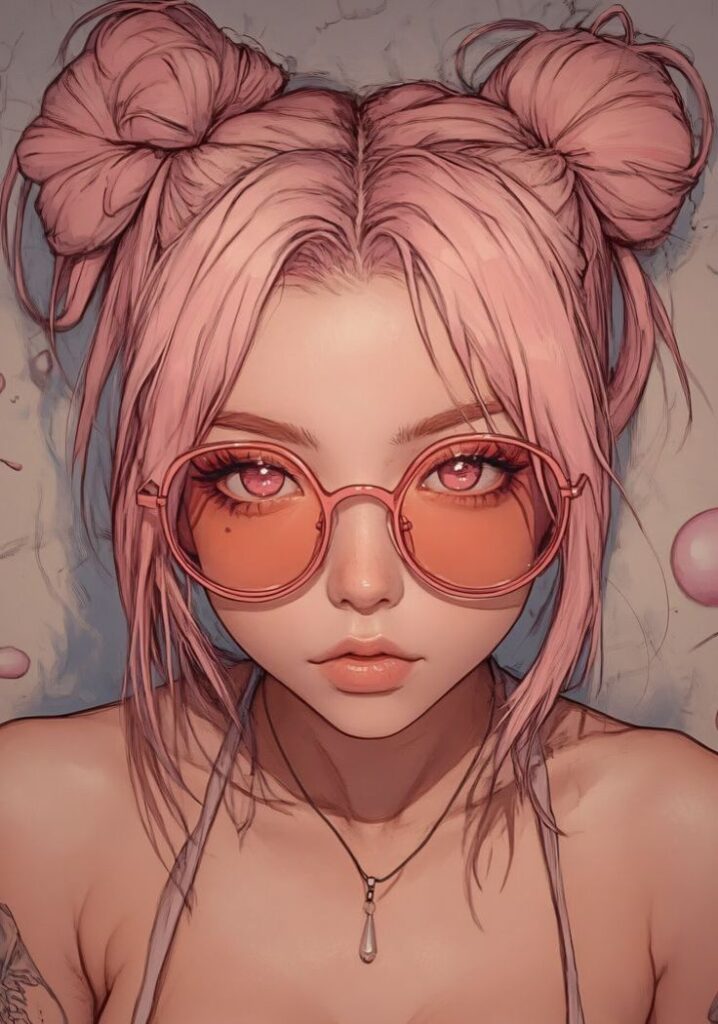
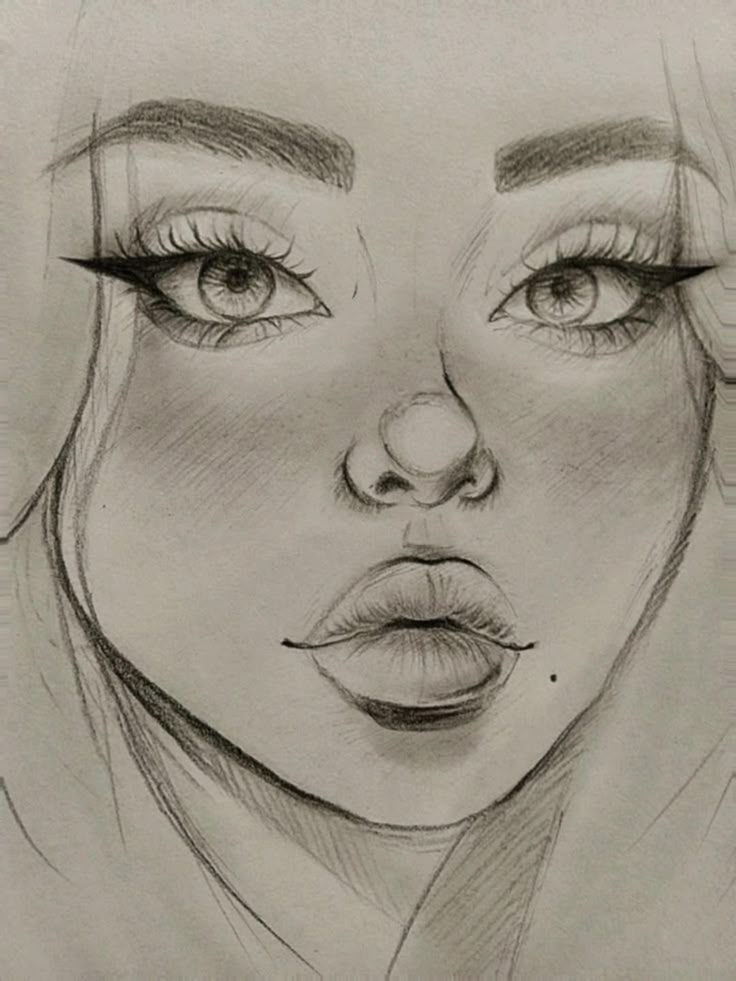
Essentials of Girl Drawing
Drawing girls requires understanding basic facial structures and body proportions to create believable artwork. The right techniques can transform simple lines into expressive female characters.
Understanding the Basics
Starting with a girl’s face is often the easiest entry point for beginners. When drawing a girl’s face from the side view, begin with a simple circle for the head and add a jawline. The profile should have a gentle curve for the forehead, a slight bump for the nose, and a defined chin.
Pencil pressure matters significantly. Use light strokes for initial outlines and gradually build up to darker lines as you gain confidence in your sketch.
Eyes are crucial for expressing emotion. For beginners, place eyes approximately halfway down the head. Girls’ eyes are typically drawn larger and more detailed than boys’, often with longer eyelashes and more defined eyebrows.
Practice drawing simple hairstyles first. Hair frames the face and can dramatically change how your drawing looks. Start with basic shapes rather than individual strands.
Anatomy and Proportions
Female body proportions differ from male figures in several key ways. The average female figure has wider hips, a narrower waist, and shoulders that align approximately with hip width. The female body typically measures 7-7.5 heads tall.
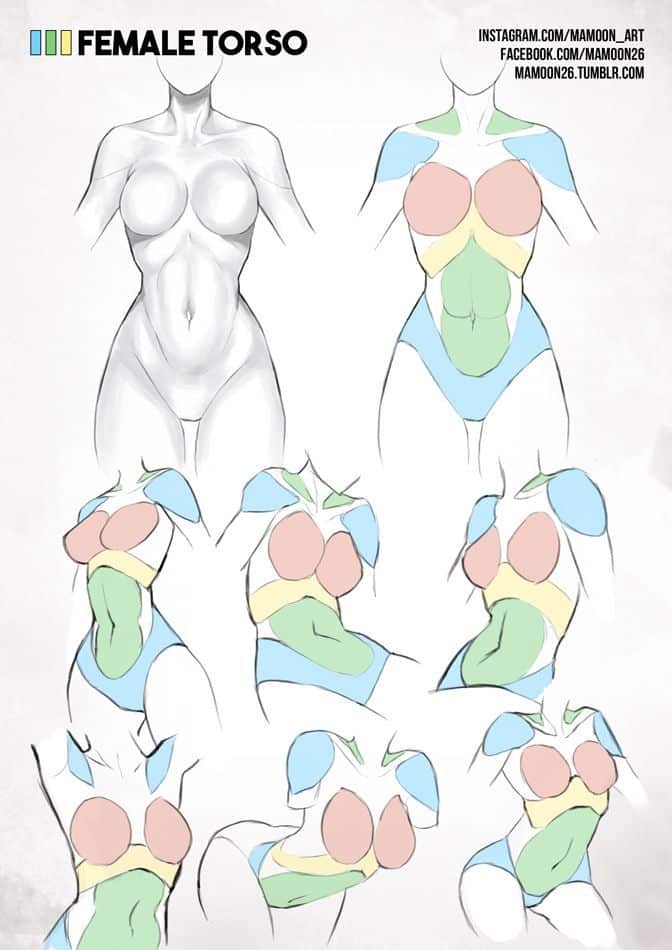

When drawing the torso, remember that women generally have a higher waistline than men. The chest area should be drawn with natural curves rather than exaggerated shapes.
Limbs require careful attention to detail. Female arms and legs tend to be more slender with softer muscle definition. Hands and feet are typically smaller and more delicate compared to male figures.
Practice gesture drawing to capture natural poses. Quick 30-second sketches help you understand how weight distributes through the female form and creates flowing lines rather than rigid structures.
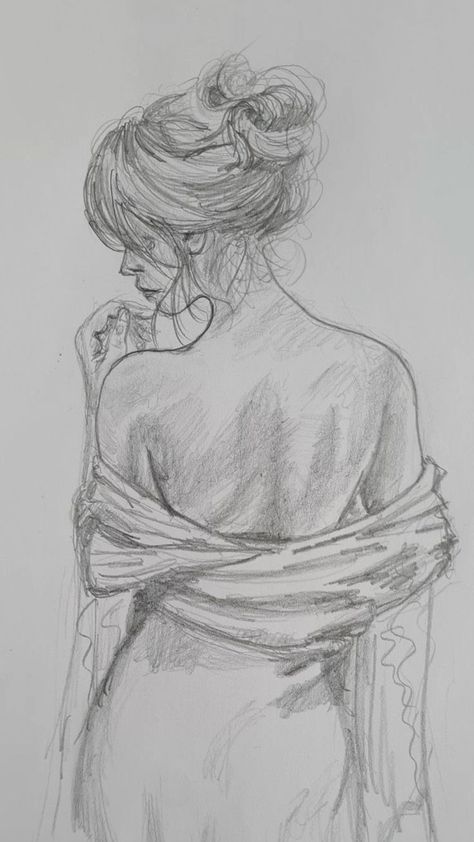
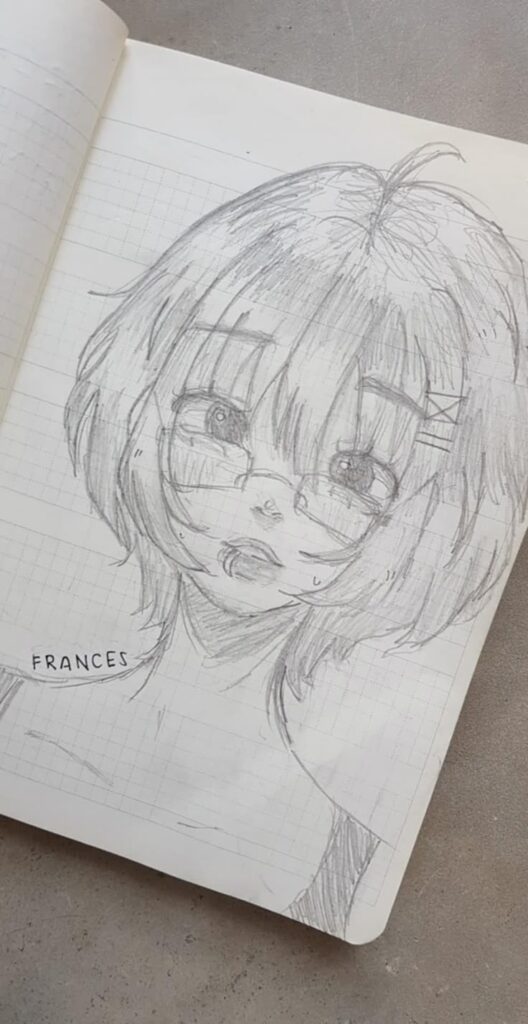
Styles and Techniques
Drawing girls encompasses multiple approaches that vary in complexity and artistic expression. Each style requires specific techniques to capture the essence and proportions unique to female characters.
Anime Drawing of Girl
Anime girl drawings feature distinctive characteristics like large eyes, small noses, and pointed chins. To create effective anime girls, you should begin with a basic circle for the head and establish proportions using guidelines. The eyes typically occupy about one-third of the face width.
When drawing anime hair, focus on creating large, flowing sections rather than individual strands. Use curved lines to suggest volume and movement. Hair often defies gravity in this style, so don’t be afraid to create dynamic shapes.
For body proportions, anime girls usually have a head-to-body ratio of about 1:6 or 1:7, which is less realistic but visually appealing. Start with a simple stick figure to establish pose, then build muscle and clothing around it.
Practice facial expressions by exaggerating emotions through eye shape and eyebrow positioning. Anime style allows for creative freedom while maintaining recognizable human features.
Realistic Girl Drawing
Realistic girl drawings require careful attention to correct anatomical proportions. Begin with the standard 1:8 head-to-body ratio used in realistic human figure drawing. Study real facial features to understand how light and shadow create dimension.
Start with light guidelines to establish the overall pose and proportions. When drawing the face, remember that eyes sit approximately halfway down the head, not toward the top as many beginners assume.
Pay special attention to:
- Bone structure beneath the skin
- Muscle definition appropriate for age and build
- Natural hair patterns and flow
- Subtle facial asymmetries that create realism
Use varied pencil pressure to create depth and dimension. Light areas should have minimal pressure, while shadows require firmer strokes. Build up layers gradually rather than trying to achieve perfect darkness immediately.
Reference photos help tremendously with realistic drawings. Study how light interacts with different skin tones and textures.
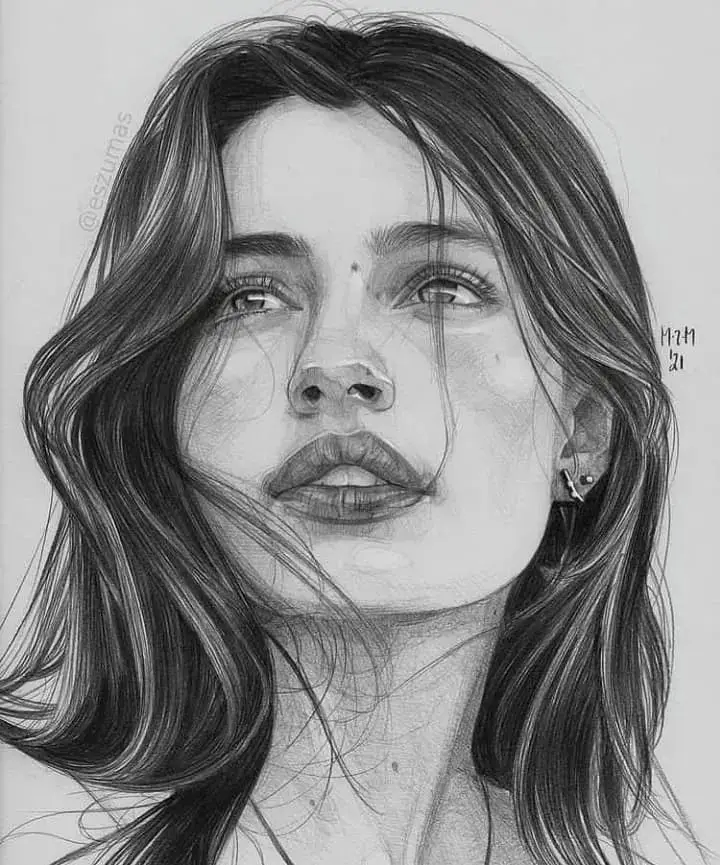
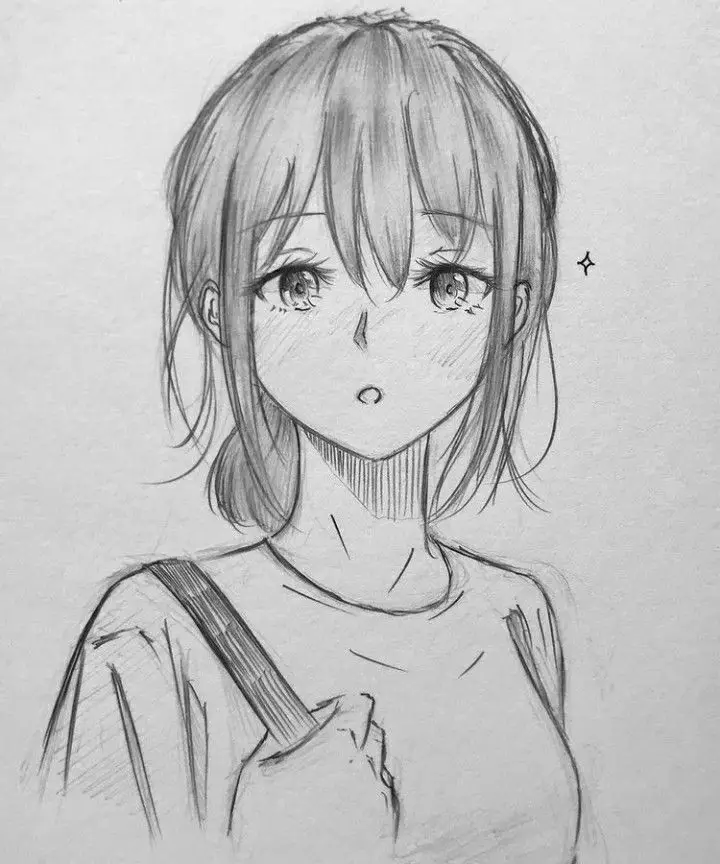
Stylized Cute Girl Drawing
Stylized cute girl drawings combine elements of realism with intentional simplification and exaggeration. This approach emphasizes charm through large heads, rounded features, and simplified body proportions.
The key to cute stylized drawings lies in the eyes and facial expressions. Make eyes larger than realistic but smaller than anime, usually positioned lower on the face. Round the cheeks slightly and create a smaller, simplified mouth.
For body proportions, use a shorter ratio of about 1:4 or 1:5 head-to-body. This creates an instantly recognizable “cute” appearance. Limbs are often shortened and rounded to enhance the adorable quality.
Color choices significantly impact the cute aesthetic. Soft, pastel colors create a gentle appearance, while bold primaries can add energy and playfulness.
Experiment with different line weights to emphasize important features. Thicker outlines around the character with thinner internal details can create a polished, professional look for your cute girl drawings.
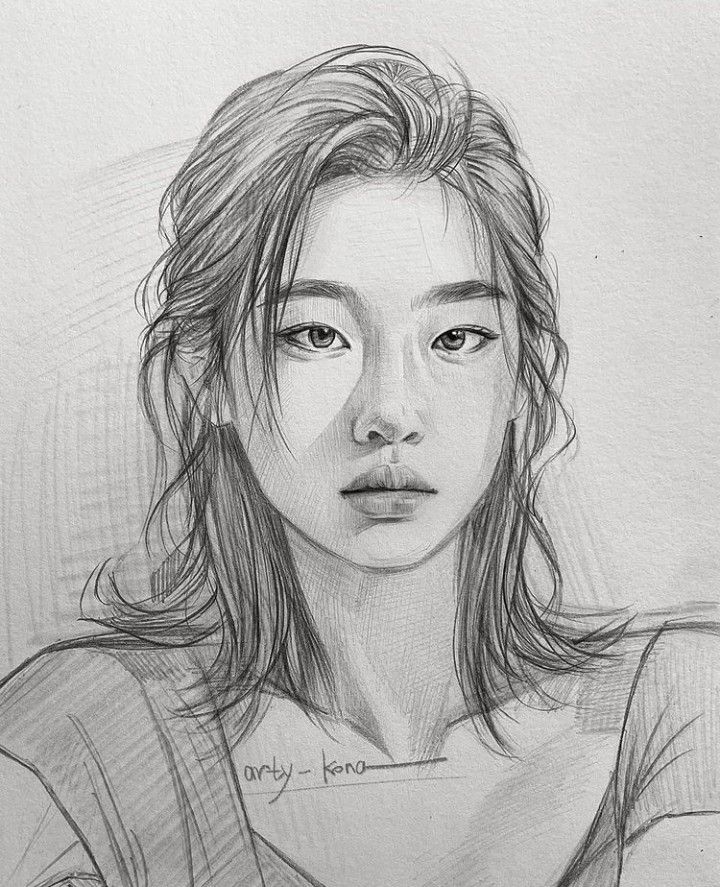
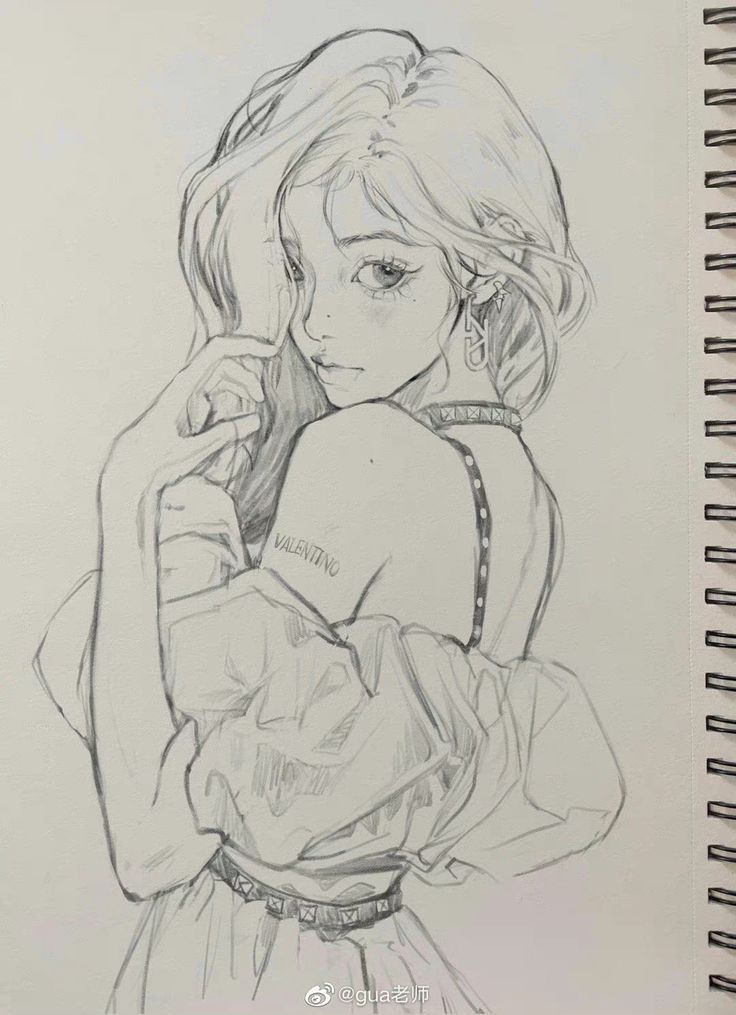
Creative Drawing Ideas
Exploring creative drawing ideas can revitalize your artistic practice and help you develop new skills. These approaches can transform simple sketches into meaningful artwork that showcases your unique perspective and technical abilities.
Themed Art Challenges
Art challenges provide structure to your drawing practice while encouraging creativity. Monthly drawing prompts like Mermay (mermaid-themed May drawings) or Inktober (October ink drawings) can help maintain consistent practice. These challenges often come with daily themes that push you beyond your comfort zone.
Try character design challenges where you transform objects into cute chibi girls or create a series of girls representing different seasons or elements.
You can also create your own challenge by:
- Drawing the same character in different artistic styles
- Sketching girls inspired by different time periods or cultures
- Creating emotion-based portraits that express specific feelings
Social media platforms make it easy to join community challenges where you can share work and receive feedback from fellow artists.
Incorporating Color and Texture
Adding color and texture elevates your girl drawings from simple sketches to dynamic artwork. Experiment with different mediums to create varied effects in your pieces.
Try these techniques:
- Layering colored pencils for depth and dimension in hair and clothing
- Using watercolor washes as backgrounds for pencil drawings
- Adding zentangle patterns to create interesting clothing or background textures
Mixing media can produce striking results. Start with a pencil sketch, add ink outlines, then incorporate watercolor or markers for color. This approach gives you control over different elements of your drawing.
Consider exploring limited color palettes by selecting just 3-5 colors for a drawing. This constraint often leads to more cohesive and visually interesting results.
Textural elements like collage pieces, washi tape, or even coffee stains can add unexpected dimensions to your girl drawings and make them stand out.


Materials and Tools
Selecting the right materials and tools is crucial for creating expressive, high-quality girl drawings. The proper supplies can significantly enhance your artistic process and final results, allowing you to effectively capture feminine features and expressions.
Choosing the Right Drawing Medium
Graphite pencils serve as the foundation for most drawing of girl, offering versatility in creating different line weights and values. HB pencils work well for initial sketches, while softer B grades (2B-6B) are ideal for shading facial features and hair. Charcoal provides rich, deep blacks that can dramatically enhance contrast in portraits.
Colored pencils offer a wonderful way to add dimension to your girl drawings. Brands like Prismacolor or Faber-Castell provide excellent color blending capabilities for creating realistic skin tones. For a softer approach, try pastel pencils which blend beautifully for creating the subtle transitions needed in facial features.
Conté crayons and sticks deliver a unique texture that works exceptionally well for stylized girl portraits. These versatile tools come in various colors and hardnesses.
Essential Art Supplies
Quality paper is non-negotiable for successful girl drawings. Choose sketch paper (80-100 gsm) for practice and heavier papers (150+ gsm) for finished pieces. Smooth bristol board works wonderfully for detailed portraits, while textured paper adds character to more expressive drawings.
Erasers are crucial tools in your arsenal. Kneaded erasers can lift graphite gently for highlighting, while vinyl erasers provide clean removal for corrections. A precision eraser pen helps refine delicate details around eyes and lips.
Blending tools such as tortillons, blending stumps, and cotton swabs allow you to create smooth gradients essential for realistic skin rendering. These tools help achieve the softness often desired in girl drawings.
Consider adding white gel pens or white gouache paint for adding highlights to eyes, hair, and jewelry—small details that bring your girl drawings to life.
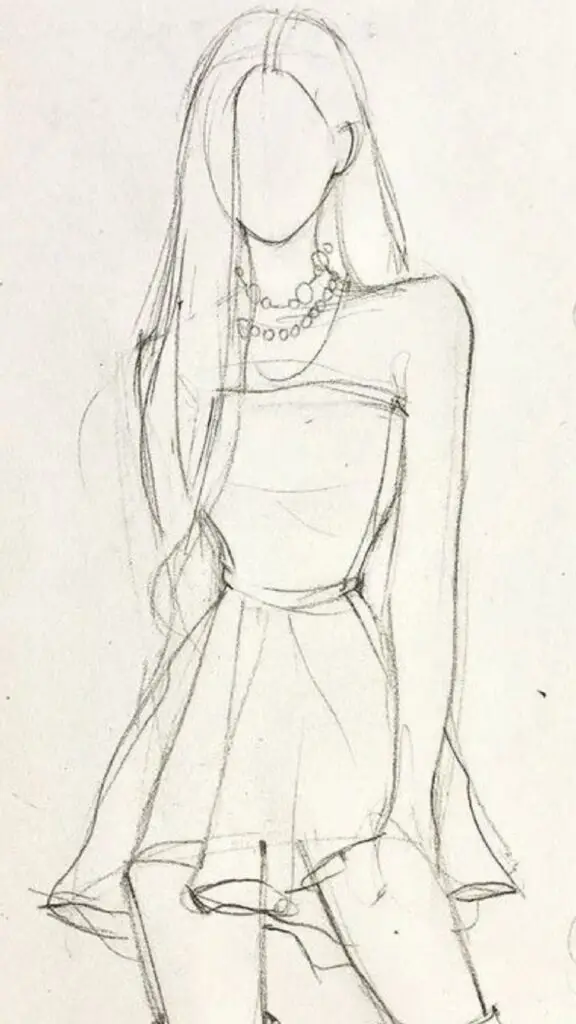

From Sketch to Finish
The journey from initial sketch to completed girl drawing involves mastering fundamental techniques that build upon each other. Understanding the proper sequence helps create art that looks polished and professional.
Drafting and Refining the Drawing
Begin with light, loose lines to establish the basic shape of the face and body. Start with a circle for the head and guidelines to mark facial features. For a teenage girl drawing, pay attention to proportions—eyes typically fall at the halfway point of the head.
Keep your initial lines light so they can be easily erased later. Add the basic structure of the body using simple shapes: an oval for the torso and cylinders for limbs.
When you’re satisfied with the placement, refine your sketch by adding more defined lines. Girl drawing easy techniques often utilize simplified features while maintaining correct proportions.
Make adjustments as needed before committing to darker lines. Remember that the eyes, nose, and mouth should align properly on the guidelines you created.
Final Touches and Detailing
Once your refined sketch looks good, start adding details that bring your drawing to life. Focus on the eyes first—they capture expression and personality. Add eyelashes, eyebrows, and subtle shading around the eye area.
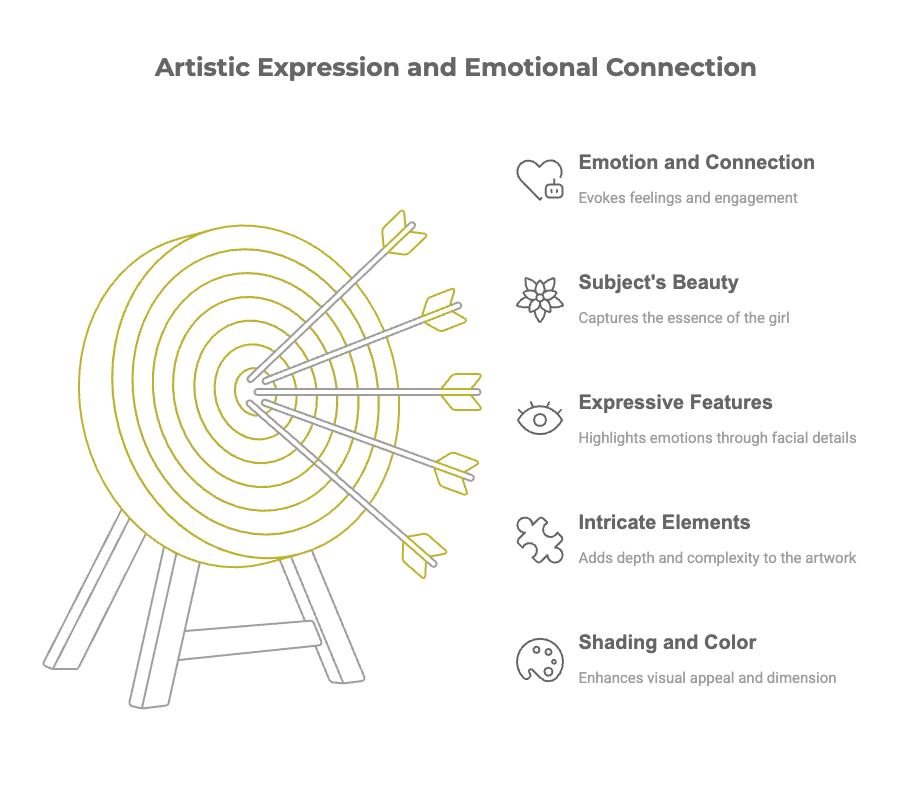
Define the hair with flowing lines that follow a natural direction. For teenage girl drawings, consider modern hairstyles that reflect current trends.
Add clothing details, accessories, and any background elements that enhance your composition. This stage is where your drawing develops its unique character.
Apply shading techniques to create depth and dimension. Use hatching or cross-hatching for shadows, paying attention to your light source direction.
If creating coloring pages, ensure your outlines are bold and clear. Leave appropriate spaces for coloring while maintaining the integrity of your design. Clean up any stray lines with an eraser for a polished final product.
FAQ
What materials are recommended for creating high-quality girl drawings?
Graphite pencils, quality paper, erasers, blending tools, and options like colored pencils or watercolor can significantly improve the quality of your girl drawings.
How should I approach transitioning from a sketch to a finished artwork?
Begin with light, loose sketches to establish composition and proportions, then refine details, add shading, and final touches to complete your girl drawing.
What techniques can I use to incorporate color and texture into my artwork?
You can use layering colored pencils, watercolor washes, and adding patterns or collage elements to introduce color and texture, making your girl drawings more dynamic.
- 2.0Kshares
- Facebook0
- Pinterest2.0K
- Twitter0



